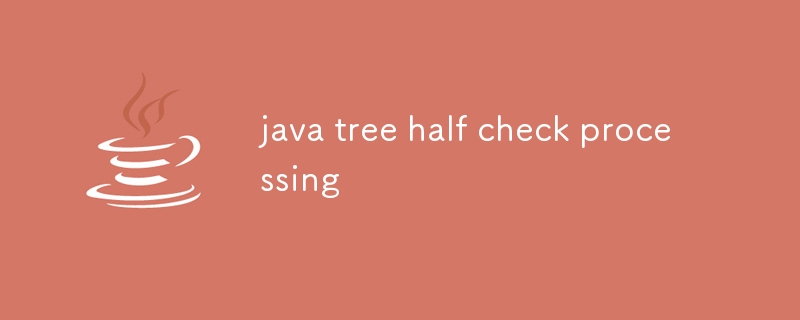
Implementing semi-selectable nodes in a Java tree structure involves introducing a third state besides selected and unselected. Best practices include clearly defining semantics, providing visual cues, and enabling easy toggling. Suitable data struct

How to implement semi-selectable behavior in a Java tree structure?
There are several approaches to implementing semi-selectable behavior in a Java tree structure. One common technique is to introduce a third state for nodes, besides the typical selected and unselected states. This third state, known as semi-selected, indicates that the node is partially selected, but not fully.
To implement this semi-selectable behavior, you can extend the existing node class to include an additional property or field to track the semi-selected state. You can then define appropriate methods to set and retrieve the semi-selected state of a node.
Another approach is to use a separate data structure to track the semi-selected nodes. For instance, you could maintain a list or set of nodes that are in the semi-selected state. This approach allows you to track semi-selected nodes efficiently, but it requires additional bookkeeping to ensure that the data structures remain synchronized.
What are the best practices for handling semi-selected nodes in a Java tree?
When handling semi-selected nodes in a Java tree, there are a few best practices to follow:
Which data structures are most suitable for representing a Java tree with semi-selected nodes?
The choice of data structure for representing a Java tree with semi-selected nodes depends on the specific implementation and performance requirements. Some suitable data structures include:
The above is the detailed content of java tree half check processing. For more information, please follow other related articles on the PHP Chinese website!




